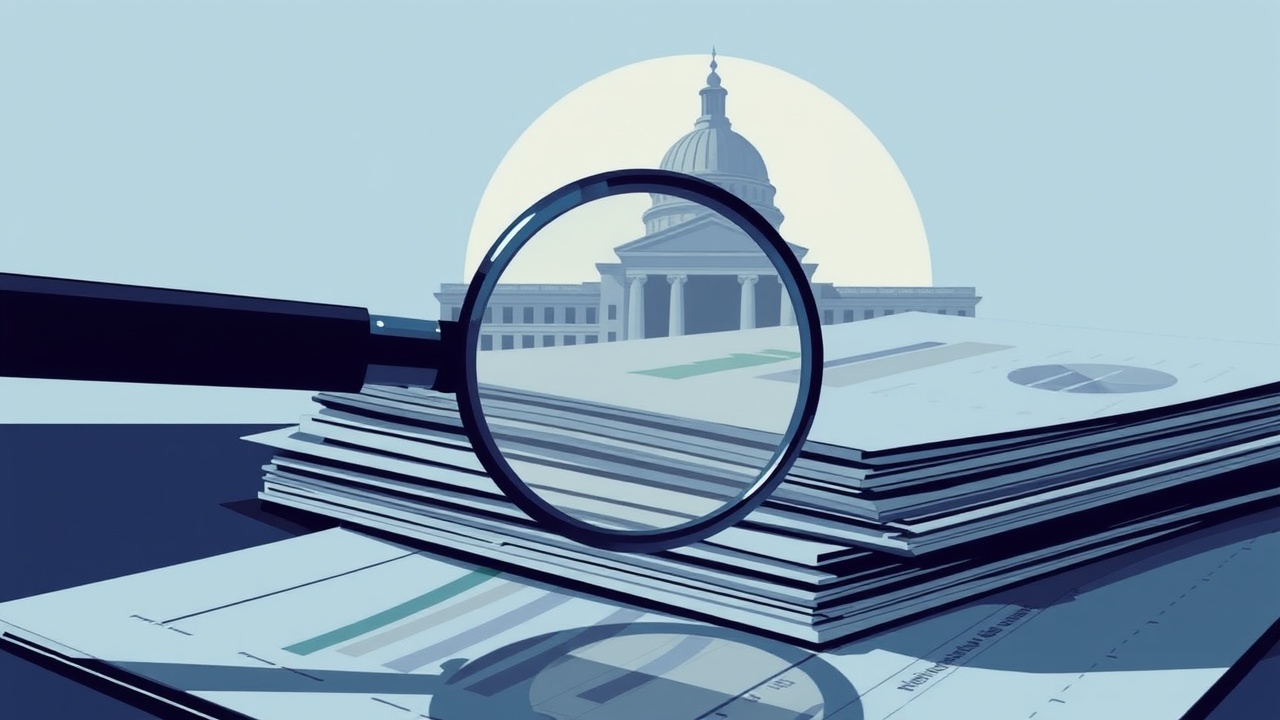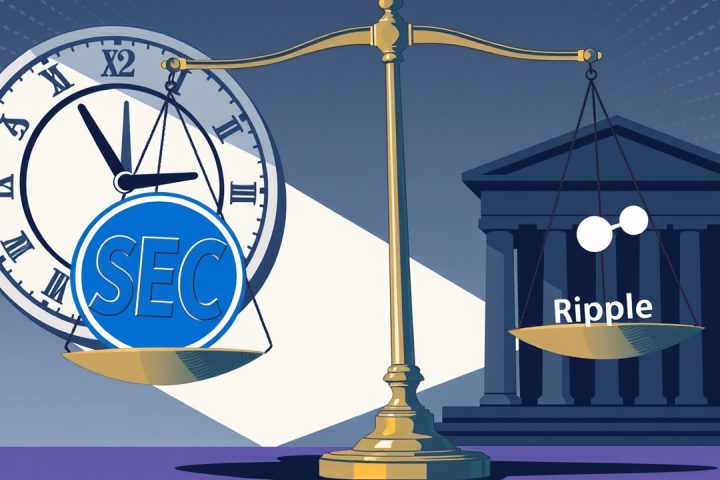Statement Summary
In December 2023, the Commission approved the Treasury Clearing rule, requiring certain U.S. Treasury securities transactions to be cleared by direct participants in covered clearing agencies. With nearly $29 trillion in outstanding securities, the market’s stability is crucial. The Commission has collaborated with other financial regulators and market participants to address implementation issues. A compliance deadline extension to December 2026 and June 2027 was granted to ensure a smooth transition. Recent FAQ releases provided guidance on the treatment of repo transactions and financial responsibility for broker-dealers. Ongoing consultations and requests for input from the industry are encouraged as the Commission prepares for successful rule implementation. A dedicated webpage will continue to update stakeholders on developments and resources related to the Treasury Clearing rule.
Original Statement
In December 2023, the Commission adopted the Treasury Clearing rule, which mandated the clearing of certain eligible secondary market transactions in U.S. Treasury securities by direct participants in covered clearing agencies. Last month, Chairman Atkins asked me to oversee the Commission’s efforts to implement this rule. The U.S. Treasury securities market is one of the largest and most liquid in the world, with nearly $29 trillion outstanding in U.S. Treasury securities as of August 2025 and average daily trading volume above $1 trillion. It is a market of critical importance to our country and the global financial system as a whole. Changes to such a market must be made carefully and deliberatively to avoid disruption.
Since adoption, Commission staff, in close collaboration with colleagues at other federal financial regulators and a broad set of market participants, have been diligently working towards implementing the Treasury Clearing rule. During this process, a number of issues have been identified that need to be addressed prior to the Treasury Clearing rule compliance dates. Because of the scope of the implementation efforts involved, it would be helpful to summarize what has been done so far, what the Commission and its staff intend to address in the future, and where feedback from the industry and the public would be most helpful.
Compliance Deadline Extension
In February 2025, the Commission approved a one-year extension of the compliance deadlines for the Treasury Clearing requirement to December 31, 2026 and June 30, 2027, for cash and repo transactions respectively. This extension was intended to provide additional time to resolve outstanding implementation issues and to enhance market participants’ ability to plan for compliance with the rule, including the development and implementation of appropriate means to access clearance and settlement services for U.S. Treasury securities, and to facilitate orderly implementation of the trade submission requirement. The Commission also acknowledged that this should, in turn, help avoid the potential for any disruptions in cash and repo markets in U.S. Treasury securities.
The Commission concurred with the concerns from market participants that the prior deadlines simply did not allow enough time to make the appropriate preparations.
Recent Developments
More recently, market participants consulted with Commission staff from the Office of the Chief Accountant on the accounting treatment for repo transactions cleared through the Fixed Income Clearing Corporation. Based on the facts and circumstances presented, Commission staff did not object to the conclusion that an agent clearing member acts as an agent on those trades for accounting purposes, with its customer remaining principal. This means that the agent clearing member does not have to reflect the customer’s transactions on its balance sheet.
In August, staff from the Division of Trading and Markets issued answers to frequently asked questions (FAQs) regarding financial responsibility requirements under Exchange Act Rule 15c3-3a as applied to cleared U.S. Treasury securities. Among other guidance, Commission staff agreed that it is permissible for broker-dealers to pre-fund, on behalf of their customers, segregated margin with U.S. dollars, in addition to U.S. Treasury securities.
Today, staff from the Division of Trading and Markets issued FAQs regarding the treatment of certain triparty repo transactions. A “mixed CUSIP” triparty repo results when, as part of a general collateral repo, the collateral is allocated after trade execution and U.S. Treasury securities end up as part of the collateral. Commission staff expressed the view that, under the circumstances described in the FAQ, such a transaction would not be a transaction that must be cleared under the Treasury Clearing rule.
Ongoing Consultations
Thanks to consistent outreach from market participants, there are a number of remaining implementation issues or requests for guidance that Commission staff is currently considering. These include:
- Two applications for registration as a clearing agency for entities that are seeking to clear U.S. Treasury securities.
The Commission is aware that, as market participants have indicated, these matters will also affect the implementation of the Treasury Clearing rule. On all of these matters, the Commission is working closely with colleagues at the U.S. Department of the Treasury, the Board of Governors of the Federal Reserve, the Commodity Futures Trading Commission, and other federal financial regulators. Commission staff have also been working with foreign financial regulators.
Industry participants and the public are encouraged to continue to reach out to Commission staff on any of the matters above, or other matters related to the implementation of the Treasury Clearing rule. Additionally, industry participants are strongly encouraged to continue their efforts to prepare for a smooth and successful transition to increased clearing of U.S. Treasury securities by the current deadline. At the present, the Commission does not intend to consider further extensions of the compliance dates.
Conclusion
As should be evident from the list above, resolving many different matters touching upon many different areas is critical to the successful implementation of the Treasury Clearing rule. Recognizing this broad scope, as well as the actions that have been done already and that will need to be done in the future, the Commission has set up a Treasury Clearing implementation webpage. All of the previously issued items discussed above can be found on this webpage as well as other past Commission actions that are particularly relevant to the Treasury Clearing rule. As the Commission or Commission staff address additional issues, new items will be added to the webpage.




